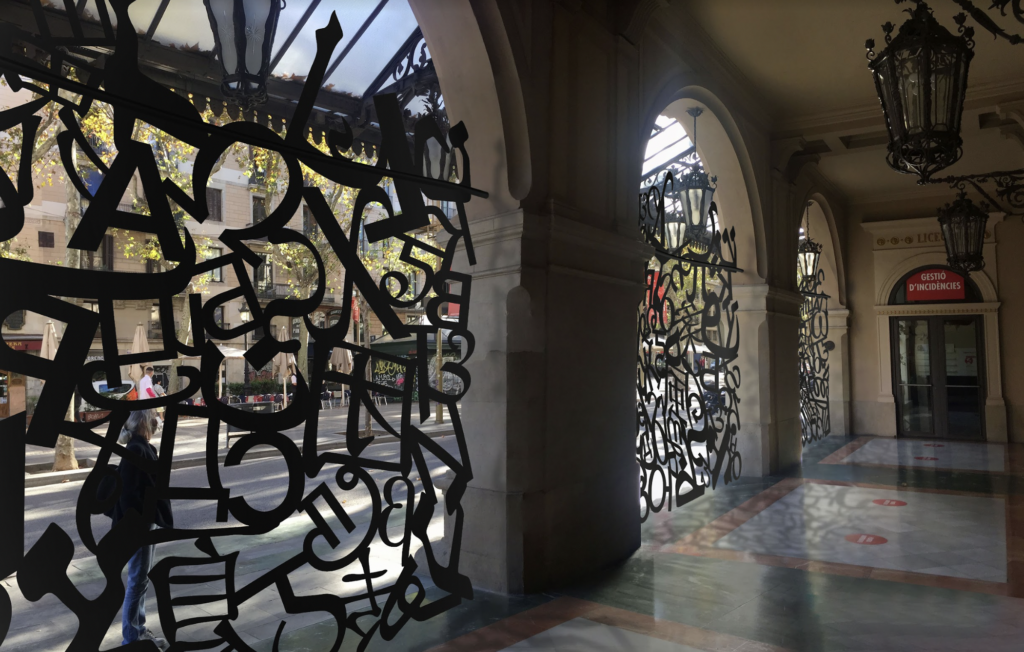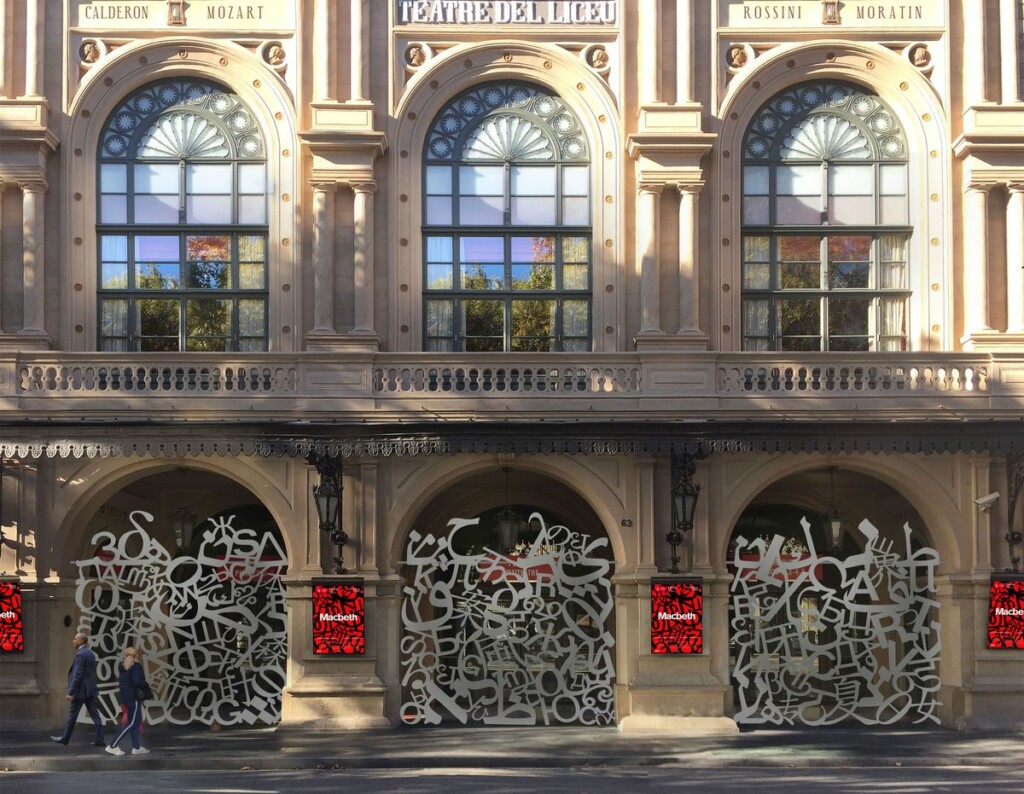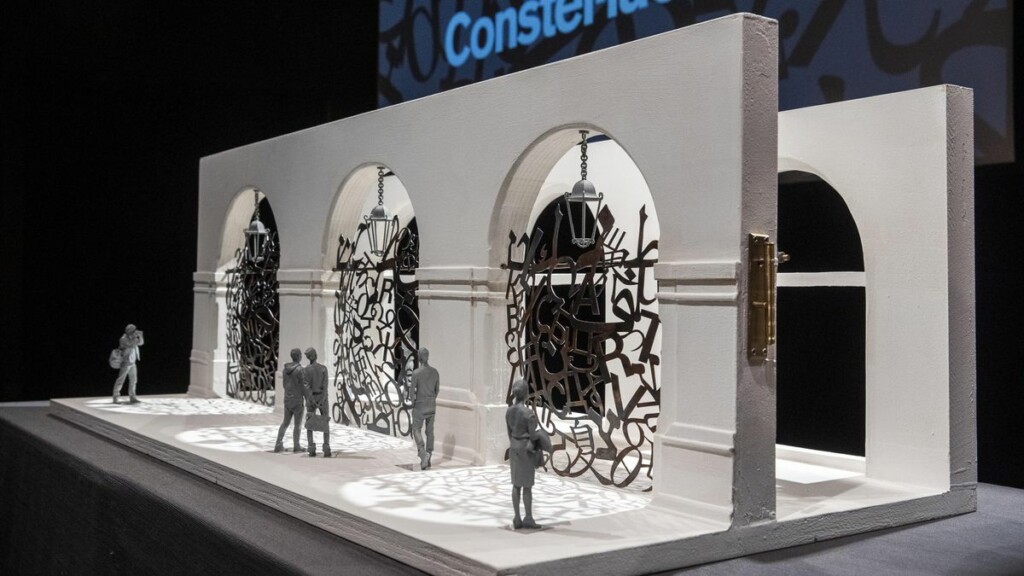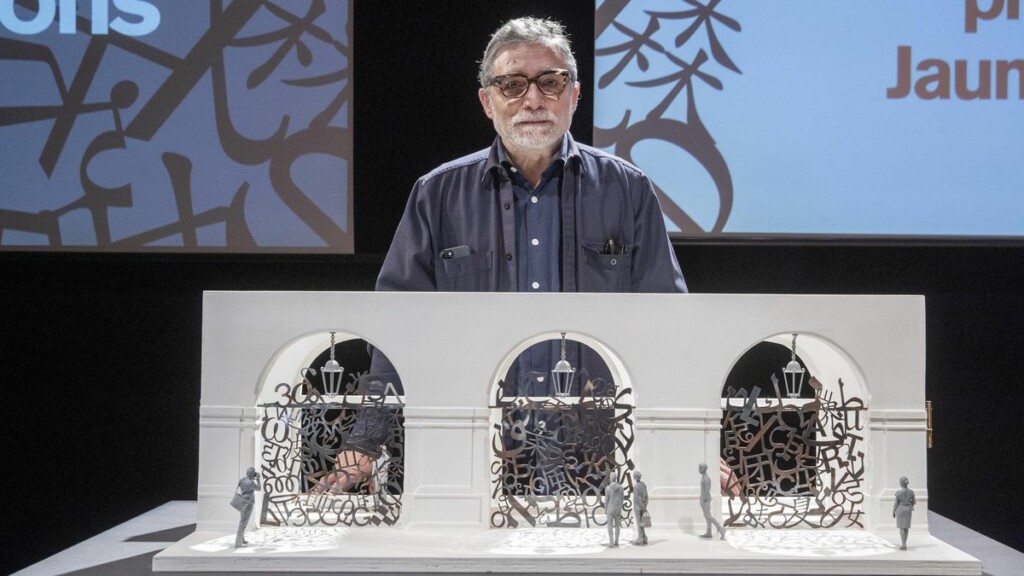- No products in the cart.
«Poetry of silence», an exhibition by Jaume Plensa at the Fundación Bancaja in Valencia
Comprising nearly a hundred works, the exhibition covers Jaume Plensa’s production from 1990 to the present and has as a common thread the influence of literature and literature in his artistic production.
This morning, the Fundación Bancaja presented the exhibition “Jaume Plensa. Poetry of silence“, one of the largest retrospectives to date of one of the most renowned sculptors in international contemporary art. The exhibition reviews the artistic production of Jaume Plensa during four decades with the original influence of literature and letters in his work as a common thread, being the first retrospective to be developed from the prism of this creative universe that has been a constant throughout his career. The presentation was attended by Jaume Plensa; the president of the Fundación Bancaja, Rafael Alcón; and the curator of the exhibition, Javier Molins.
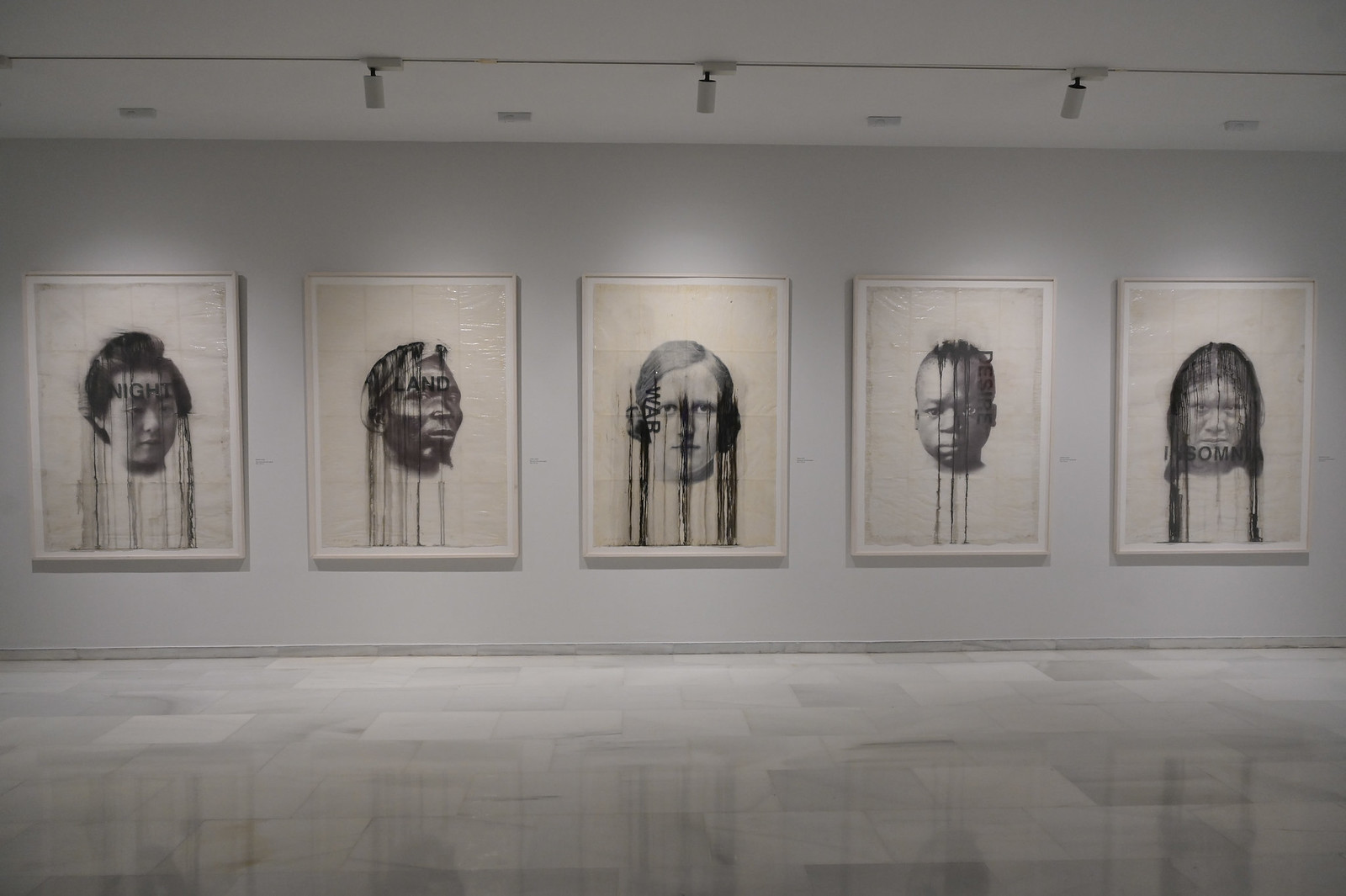

The exhibition is made up of about a hundred pieces dating from 1990 to the present, based on his sculptural work but also including works on paper. The exhibition tour reveals to the public some unpublished sculptures created by Plensa during the COVID-19 confinement, which are presented for the first time. The pieces presented include the iconic sculpture “Together” (2014), which was exhibited in 2015 at the Abbey of San Giorgio Maggiore during the Venice Biennale and has not been exhibited since.
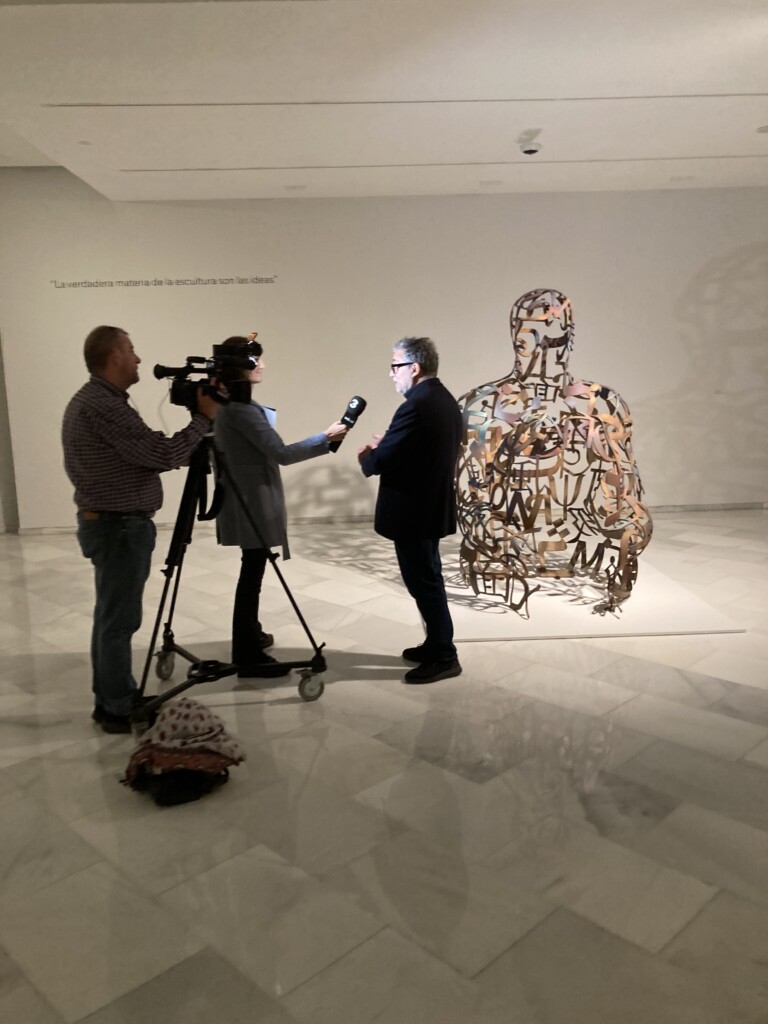
The artist Jaume Plensa for TV3
Literature has always been a source of inspiration for Jaume Plensa. T.S. Eliot, William Shakespeare, Dante, Goethe or Vicent Andrés Estellés are some of the writers who have accompanied him throughout his life and have served as inspiration for countless works. This literary influence also extends to the letter itself as an element with which he composes his sculptures.
The exhibition shows how Plensa has used letters in many different ways, whether on curtains, gongs or the human body, perhaps his best-known works. This intersection of language with the human body is one of the bases of Plensa‘s work. As the artist explains, “a letter seems nothing, it is something humble, but together with others they form words, and words form texts and texts form thought“.
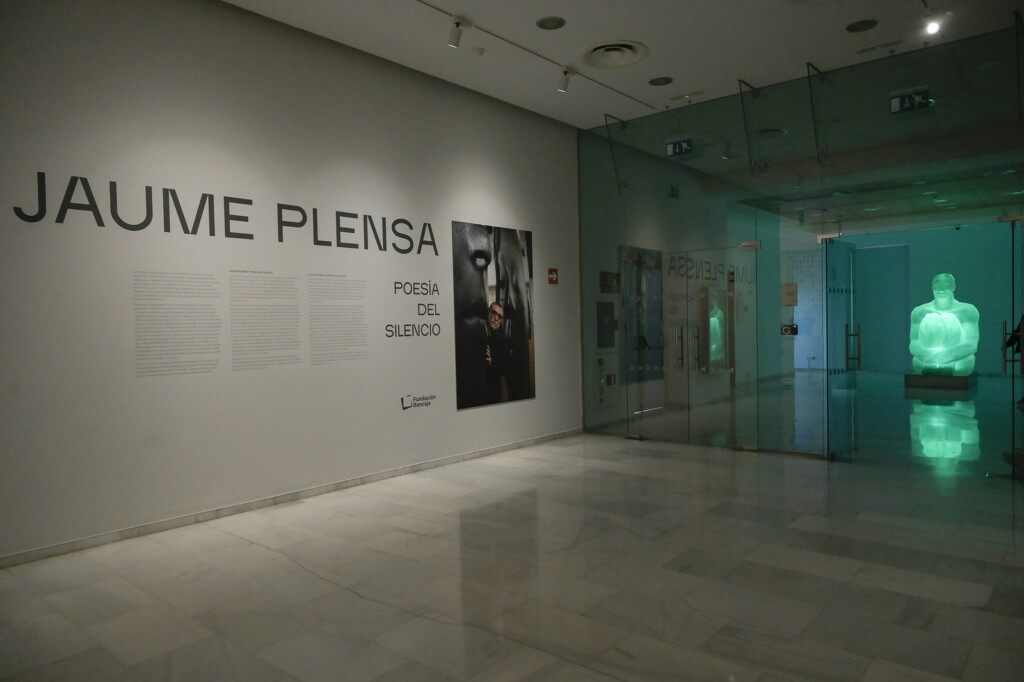
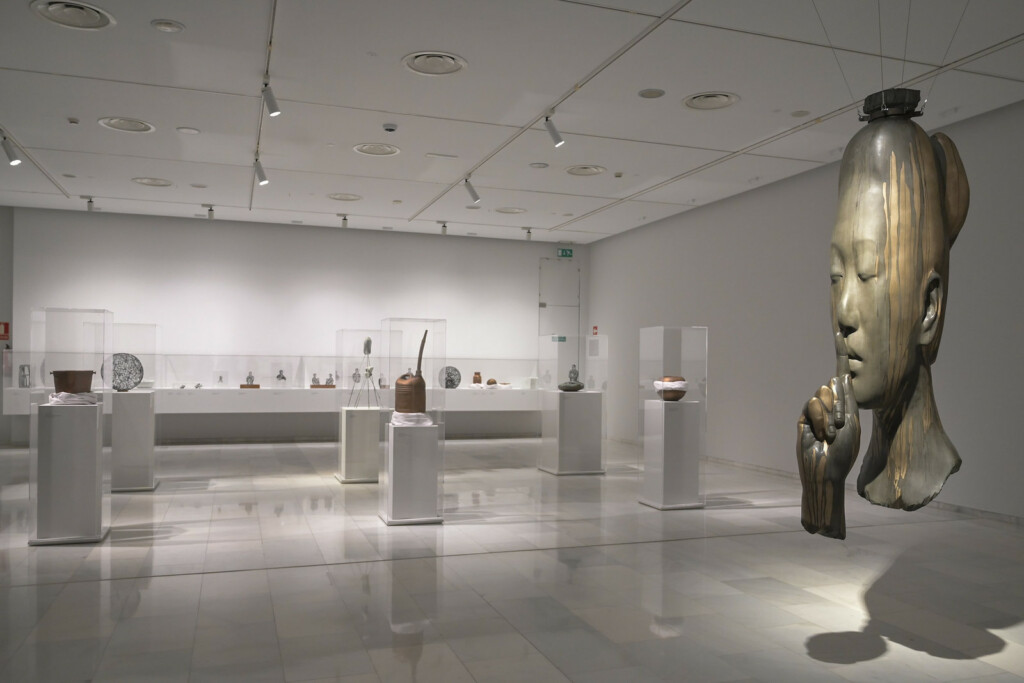
The sculptor began with the Latin alphabet and gradually incorporated other alphabets, such as Hebrew, Arabic, Chinese, Japanese, Greek, Cyrillic, Korean, Hindi, etc. For Plensa, each letter has a unique beauty, but all of them together are a sample of the diversity of the world and the coexistence of different cultures.
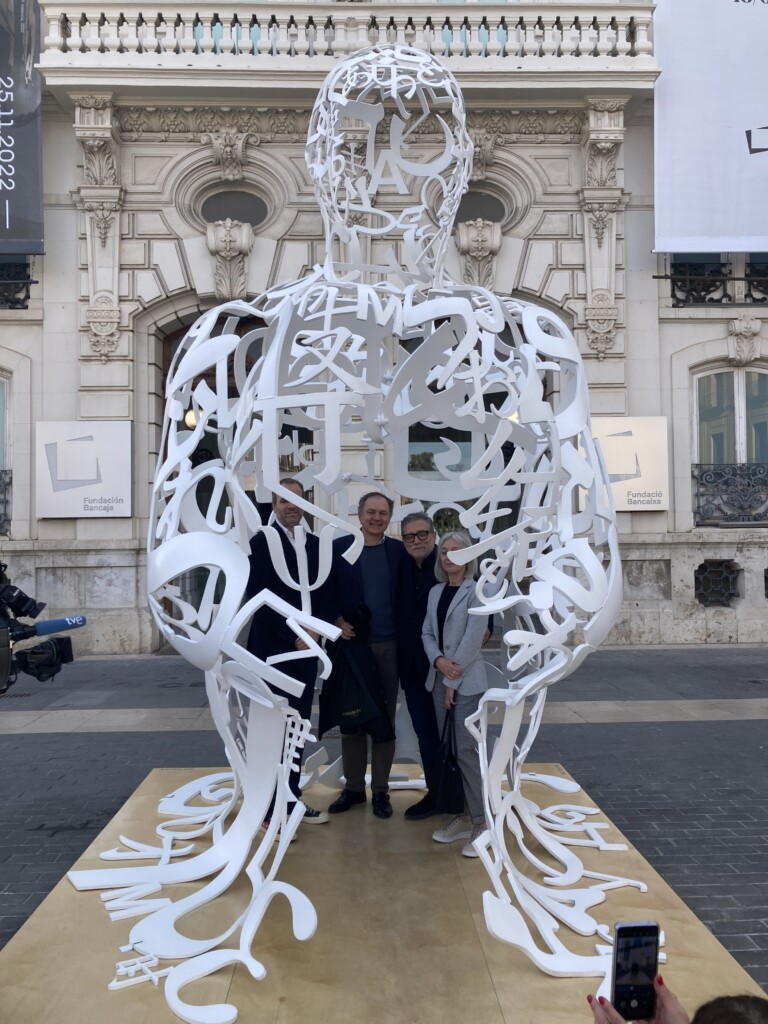
The retrospective includes both large and medium-sized works as well as Plensa‘s more intimate small-format works. Along with the presence of literature as a source of inspiration, the exhibition includes other constant themes in his career such as silence, dreams and desire, music and family.
The exhibition “Jaume Plensa. Poetry of silence” can be visited at the headquarters of the Fundación Bancaja in Valencia (Plaza Tetuán, 23) from November 25, 2022 to March 19, 2023.
All the information here:
https://www.fundacionbancaja.es/exposicion/jaume-plensa-poesia-del-silencio/


























































































